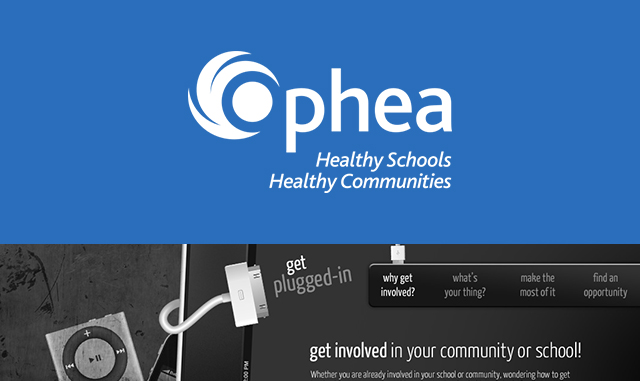University of Virginia
- 2020 WebAward for Outstanding Achievement in Web Development, University Standard of Excellence
University of Virginia has individual departments that are mostly autonomous and have their own budgets, leadership, and needs. 300 websites are managed by the school’s ITS Custom Applications & Consulting Services (CASC) team, and the retirement of another solution required a more scalable approach that provides the opportunity to add thousands more University-affiliated sites.
With web development costs escalating, Drupal 7 and 8 nearing end-of-life and the retirement of their other web solution on the horizon, UVA CASC was challenged to reduce the cost of ownership per department, deliver central site-delivery and governance, and to implement a scalable approach.
The solution needed to allow flexibility for students, professors, researchers, departments, administrators, and other university-affiliated groups to have autonomy over their own sites, meet stringent security and accessibility standards, and be future-friendly in design and integration.
THE SOLUTION
With over 300 sites that needed to be updated, the UVA team decided that Acquia Cloud Site Factory (ACSF) would meet their needs. UVA needed a Drupal consultant to help them define their approach, choose the right modules, architect the installation profiles, and define the development work that needed to be done. Acquia Cloud Site Factory provides some of the best multi-site management functionality available on the market today. UVA partnered with Digital Echidna on the Site Factory implementation.
The result was a modern web publishing platform that has security and accessibility built-in. The mobile-friendly, UVA branded template powers hundreds of websites, which will benefit from future feature enhancements as soon as they are released. The ITS team can quickly spin up a new site and train departments to add and edit content.
Site Factory makes a lot of sense for central governance for a university. With Site Factory, each department gets its own property, with its own users and content, free of influence from other university departments. Branding can remain consistent across all properties, while still allowing individual departments some flexibility to design a site and navigation that suits their content. All data can be more easily maintained by a support or IT team, who can train on a single content management system rather than an ecosystem of platforms. From a user perspective, users can receive a similar experience across the entire university system rather than having to learn to navigate vastly different sites for each department.
The cost of the product is spread out over the university, which in turn has reduced the cost of ownership per department. Security is maintained, accessibility standards are met.
The University encourages adoption across all departments with a “free for the first year” promotion and by offering Drupal training courses at regular intervals open to any Department staff.




